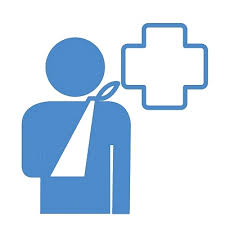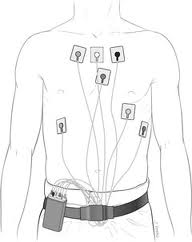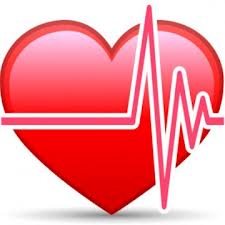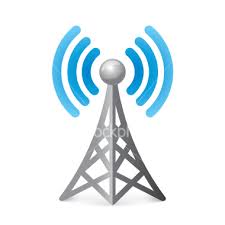Cardiac Monitoring
Cardiac Monitoring is known as monitoring a heart’s electrical activity in real time or over an extended period of time. The information gathered during this study is known as the Electrocardiographic or Electrocardiogram (ECG). Cardiac monitoring is used to assess the electrical & mechanical function of the heart to guide a physician in management of a variety of health conditions.
Cardiac Monitoring can be broken down into 4 categories:
 |
In-Patient Cardiac MonitoringIn-Patient cardiac monitoring generally refers to monitoring a patient’s ECG while the patient is at rest. In Patient monitoring is usually performed as a resting 12 lead EKG or in cases where a patient is hospitalized with a bed side monitoring system.
|
|
 |
Holter Monitoring (AECG)Holter Monitoring technology is a 24 hour – 14 day continuous ECG recording that is performed in the ambulatory environment. Holter monitoring is a common tool for physicians to gather ECG data while a patient is performing normal daily activities.
|
|
 |
Cardiac Event MonitoringCardiac event monitoring is a form of long term cardiac monitoring which is generally prescribed when other cardiac monitoring studies have not produced enough relevant information for cardiac rhythm management. Event monitoring studies can last up to 30 days.
|
|
 |
Mobile Cardiac Telemetry (MCT) MonitoringMobile cardiac telemetry (MCT) is a more advanced form of long term cardiac monitoring that captures ECG information in real time. This is useful for cardiac rhythm management because the information is readily available. Further, MCT automatically detects & transmits via cell phone without patient involvement.
|




